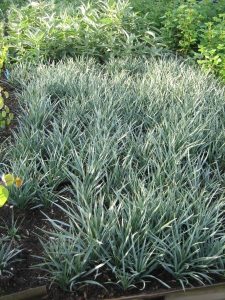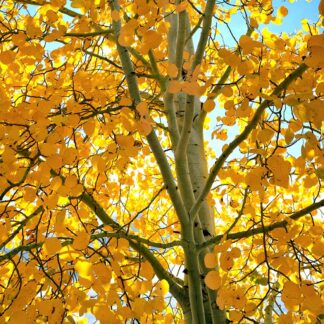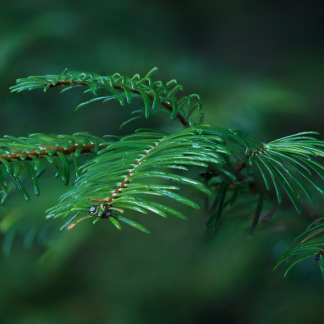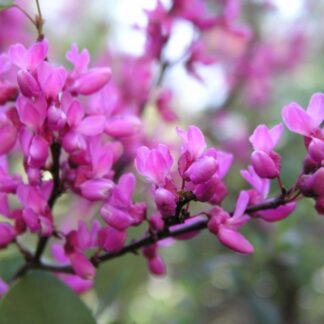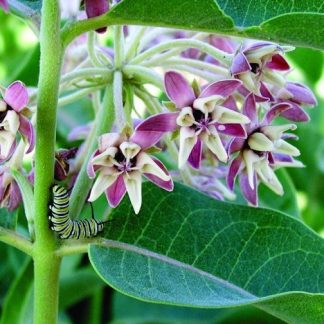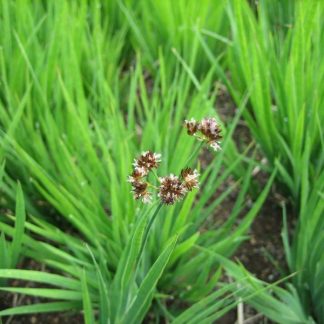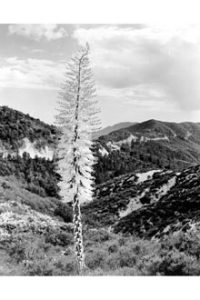
Yucca whipplei is native to southern California, northwestern Arizona, and Mexico on the Baja California Peninsula. The plant for most of its life is a mound of sharply tipped leaves that stick out in every direction. After about seven years the plant uses all of its energy in the production of flowers and setting seed, and then dies. This yucca creates a grand exit at the end of it’s life, with a flowering stalk that rises 3-9 feet tall. Because of this spectacular inflorescence, it is commonly referred to as Our Lord’s Candle. Another common name which refers to the sharpness of the leaves is Spanish bayonet.
One common characteristic of yucca plants, is their symbiosis with yucca moths. Most yuccas are pollinated by moths, but usually a few species partake. In the case of Yucca whipplei, it is only pollinated by one species of moth, Tegeticula maculata. There are other moths who mill around and drink the nectar along with the occasional hummingbird, although both are not the pollinators. It is this one species of moth who has evolved a very close relationship with Yucca whipplei.
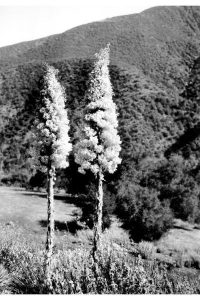
Tegeticula maculata has a special set of appendages called the maxillary palpi, unique to the females of this species. With this device the female moth is able to collect pollen from the stamen of the yucca flowers in the form of pollinia. The moth collects from multiple flowers and smashes the pollinia together to form a giant pollen ball. The moth flies to another Yucca whipplei, and this time visits the female parts of the flower. It chooses to lay an egg in the ovary, where the larva along with the seeds will develop. Finally the moth fertilizes the flower by repeatedly smashing the pollen ball onto the stigma. In the fall, the seeds are released and the larva makes its way to the ground where it develops a cocoon out of silk and sand. The following spring the moth crawls out of its cocoon just in time to pollinate the next blooming Y. whipplei. There is an artist, Erika Beyer, out of Eugene, Oregon who depicts this relationship in a stunning watercolor painting.
Yucca whipplei has been used for many different uses throughout its relationship with humans. The fibers from the leaves were used to make anything from shoes to fishing line. While the flowers, flowering stalk and crown, are edible after preparing correctly.
Similar to other yuccas, Our Lord’s Candle is a great choice for the xeric garden, as it has adapted to life on dry chaparral hills. Plant in a sunny spot in the garden, preferably on a south facing slope in rocky soil. Although this plant dies after blooming, over its lifetime it produces offshoots which will continue on living after the main plants demise. We have many bareroot Yucca whipplei still available.
